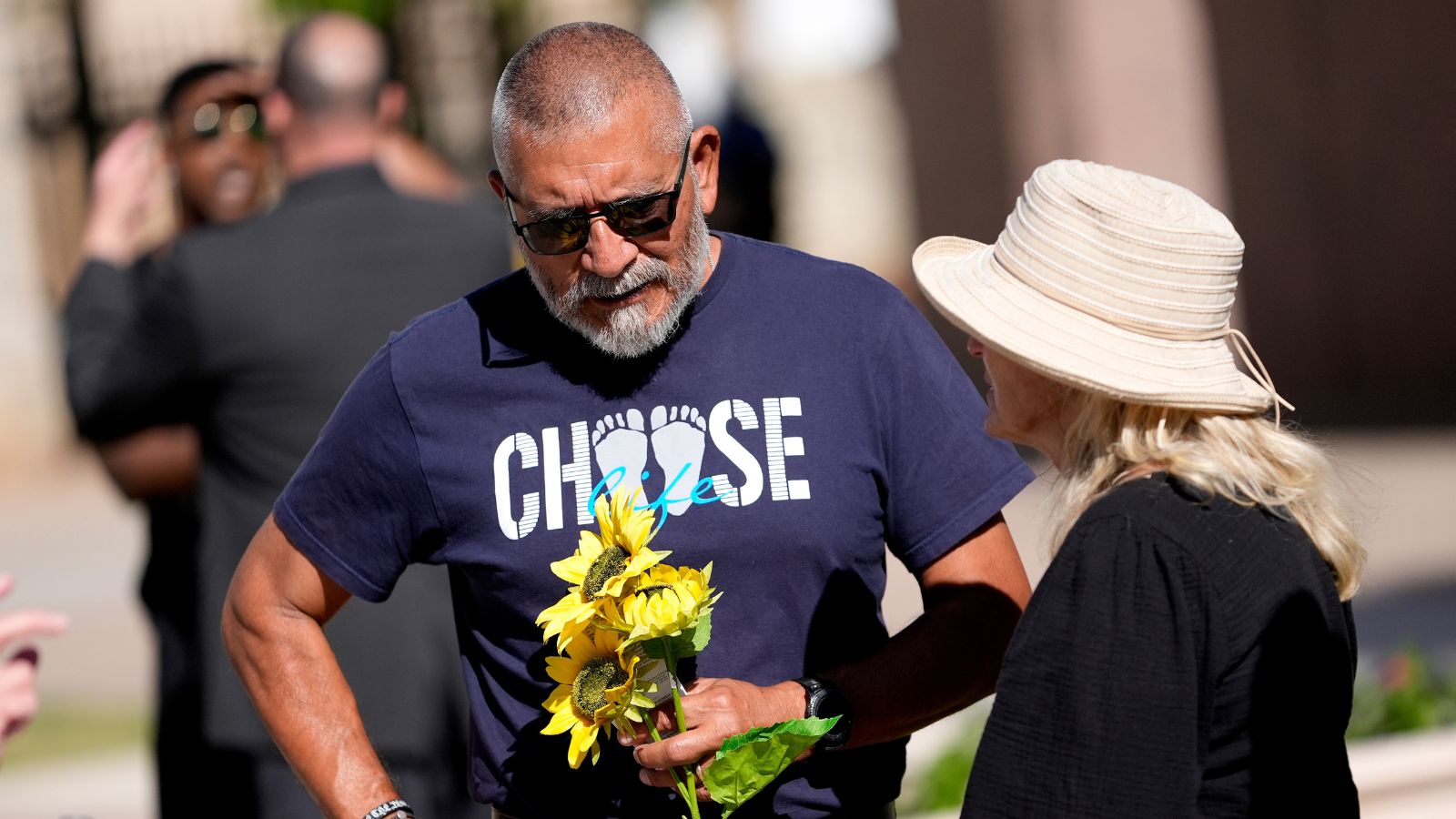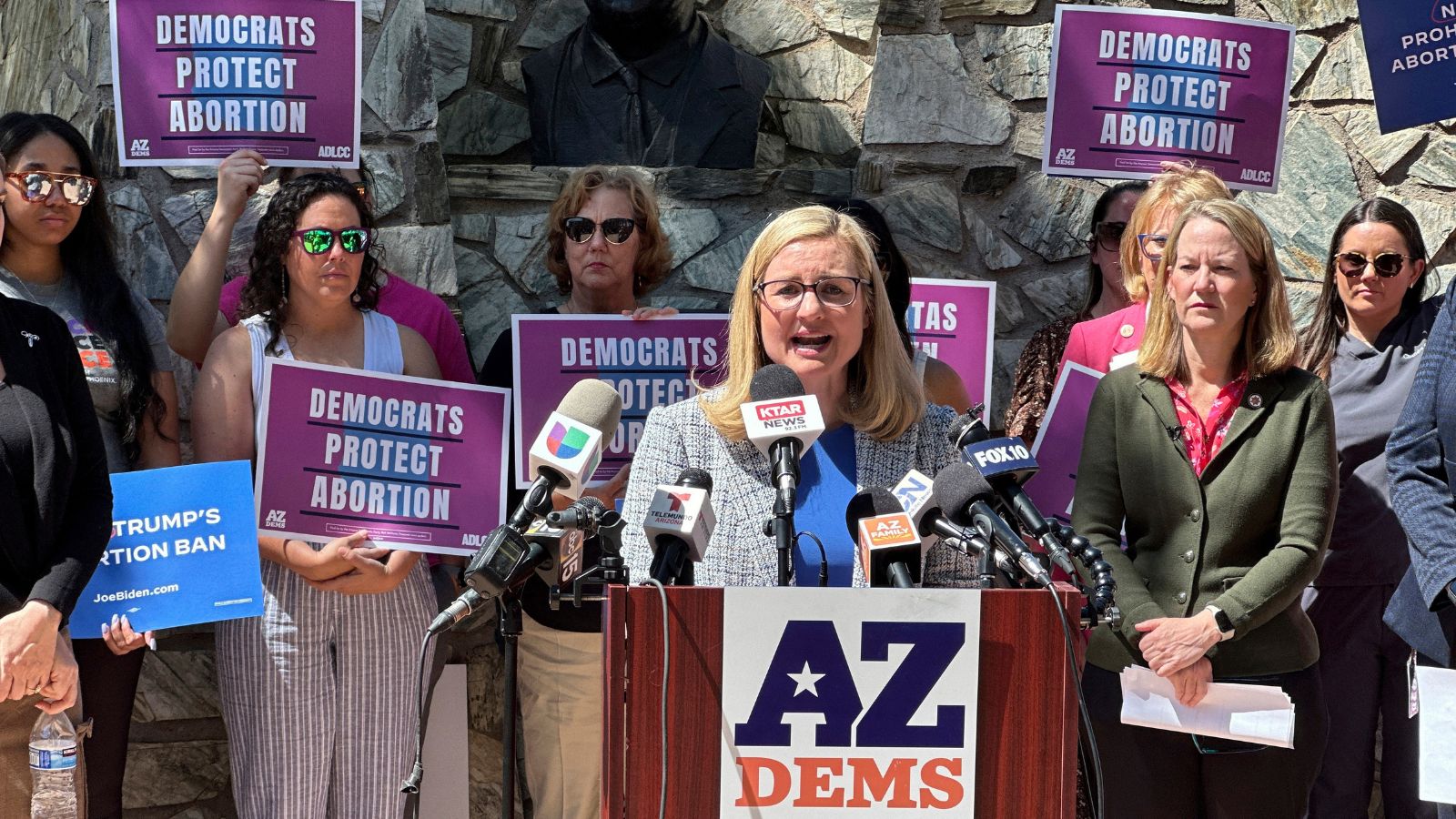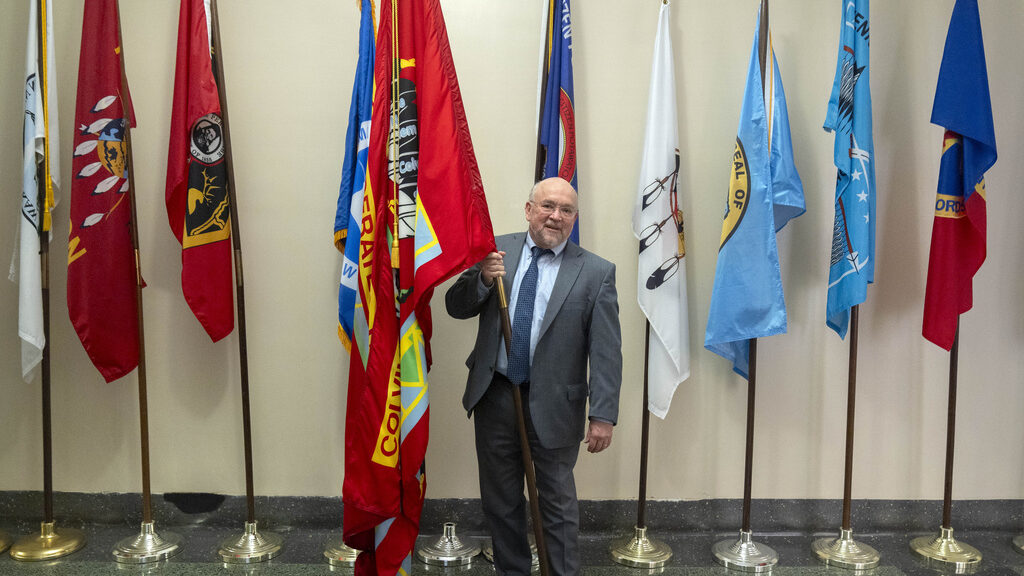Most disaster giving goes to relief efforts, not rebuilding
Feb 9, 2023, 7:55 AM | Updated: 8:05 am
The COVID-19 pandemic greatly accelerated a long-running pattern in giving by foundations and charities for health and natural disasters, a new Chronicle analysis of nine years of data show.
Ninety percent of the $5.2 billion donated in 2020, the most recent year for which data is available, went to dealing with immediate disaster needs. In other years, about half of disaster grantmaking went to such purposes. The rest went to helping communities prepare for hurricanes, droughts, life-threatening spread of disease, and other problems as well as to recovery and rebuilding.
The amount of money foundations and charities gave in response to COVID-19 is stunning compared with the past. The 2020 figures are 15 times as much as the contributions in 2019. To be sure, grantmakers aren’t keeping up that pace: Preliminary figures for more recent giving show that foundations are slowing their giving considerably.
The review of data from the Center for Disaster Philanthropy and Candid, a research organization that tracks giving of all kinds, shows that the sums flowing to disasters aren’t always going where they are most needed, namely for long-term recovery efforts and ensuring that communities are resilient enough to withstand the growing number of natural disasters caused by climate change.
_____
Here are five trends revealed by the Chronicle’s analysis:
— THE SPIKE IN COVID GIVING COOLED QUICKLY.
Private and community foundations, along with United Ways and other groups, gave $5.2 billion to disaster relief in 2020 compared with $352 million in 2019, primarily due to the urgency and the severity of the Covid-19 pandemic.
“There’s nobody who wasn’t affected in some way by the pandemic,” says Tanya Gulliver-Garcia, director of learning and partnerships at the Center for Disaster Philanthropy. “And I think philanthropy saw that as a moment to step up and make a change and respond.”
The money went to a wide variety COVID relief efforts, such as vaccine research, hunger relief, and direct cash payments to people in need.
Grace Sato, Candid’s director of research, says that it is already clear that the increase in giving fueled by Covid-19 has subsided. A survey of foundations released by Candid in May found that Covid-related funding declined by 31 percent from 2020 to 2021.
Other major epidemics have led to spikes in disaster giving in the past nine years: The second highest was after the Ebola outbreak in West Africa in 2014, which attracted $158 million.
— THE FOCUS IS MOSTLY ON IMMEDIATE RELIEF
Our review of the nine years of data found that funding for immediate relief was far more abundant than for anything else, including preparing for disasters or helping communities recover and rebuild. Those efforts have consistently received about half of the giving on average in the eight years before 2020.
Gulliver-Garcia says media coverage helps fuel grant makers’ and donors’ interest in spending more on response and relief. Most of the philanthropic funding for disasters is given within the first five days of a crisis and is earmarked for immediate relief, she says, so it can’t be used later.
“Long-term recovery doesn’t paint a dramatic picture for the 6 o’clock news,” she says. “Our goal is to help funders understand they can give money now, but they should also save some money and think about what long-term investments communities are going to need.”
That disparity is apparent in places like New Orleans, where she lives. “There is still damage and loss that you can trace directly back to (Hurricane) Katrina,” she says. “There’s infrastructure that hasn’t been repaired, and that’s because the focus was all in those immediate first few days.”
Providing more funding to local grassroots organizations working over the long term to rebuild communities is essential, says Sandrina da Cruz, director of disaster response at GlobalGiving, which connects donors and companies to community-led organizations.
“We need to be able to trust that community leaders are in the best position to respond to longer-term needs, and we must invest in infrastructure,” says da Cruz. “And all that hard work is happening long after a crisis has made headlines.”
— GIVING DOESN’T KEEP UP WITH CLIMATE CHANGE
The reports over nine years show that natural disasters, particularly storms, usually received the most philanthropic funding. Philanthropic support shifted year-to-year depending on which disasters were more prevalent. Funding spiked in 2017 after Hurricanes Harvey, Irma, and Maria, which devastated communities in the United States and the Caribbean.
Climate change is expected to make such natural disasters, including wildfires and droughts, more common and more severe. Extreme weather events have doubled in the past decade, according to the National Centers for Environmental Information.
Beth Gazley, a professor who has researched disaster philanthropy at Indiana University, says the latest report’s findings demonstrate the need to fund planning and resiliency efforts for disasters caused by climate change. That means foundations must examine whether their funding “addresses the symptoms and not the problem itself.”
Humanitarian emergencies like refugee crises and wars, which get substantial government funds, and accidents caused by human mistakes, such as chemical spills, received the least philanthropic dollars.
— THE BILL & MELINDA GATES FOUNDATION REIGNS AS TOP DONOR
The Bill & Melinda Gates Foundation has given more to disaster relief than any other grant maker each year except in 2017 and 2018. The Howard G. Buffett Foundation took the number one spot in 2017 as it awarded two grants totaling $38.1 million to support the removal of land mines in Colombia. And the Texas-based OneStar Foundation, which was founded in 1974 by then-Gov. Dolph Briscoe, overtook Gates in 2018 when it collected and distributed money for Hurricane Harvey relief efforts.
In 2020, the Bill & Melinda Gates Foundation gave six times as much as the year before. The global grant maker contributed $485.9 million to support research into Covid-19 testing, treatments, vaccines, and other relief efforts.
The American Red Cross, which provides support in the immediate aftermath of disasters, has regularly been a top recipient of funding from big foundations and other donors.
“An organization like the Red Cross is so well known, so connected, and has that immediate connection in people’s minds after a disaster,” says Gulliver-Garcia.
However, large aid organizations have faced criticism for their slow response to local needs. The Red Cross, for instance, was slow to respond to Superstorm Sandy and spent large sums of money on administrative costs.
— DONOR-ADVISED FUNDS GIVE MORE
The nine-year review shows that Americans are channeling more money from donor-advised funds to support disaster relief. DAFs allow people to get an immediate tax deduction for contributions to their accounts and then send funds to causes they care about. But there is no requirement for the money to go to a working charity within a certain time frame.
Fidelity Charitable, which manages donor-advised funds, recorded $7.8 million in giving to disasters such as the Ebola outbreak and the Syrian refugee crisis in 2014, the first time donor-advised fund data was provided to researchers. That amount jumped to $60 million by 2017, largely in response to Hurricanes Harvey, Irma, and Maria. Fidelity and Vanguard Charitable reported an even more significant spike in 2020, with about $592 million going to groups working on COViD-related issues.
The increase in giving to disaster causes comes as giving to donor-advised funds has grown sharply over the last few years..
Donor-advised funds and corporations have frequently contributed to relief for severe weather disasters during the past nine years.
Corporate giving has been more variable. It was at its highest in 2020, when $650 million went to COVID-19 efforts, and in 2017, in response to the hurricanes.
____
The Center for Disaster Philanthropy and Candid used data from a variety of sources, such as the informational tax forms that foundations and charities file with the Internal Revenue Service, other government entities, and Fidelity Charitable. The research organizations cautioned that some data for 2019 and 2020 is incomplete because of lags in reporting grants, especially the IRS’s processing of informational tax forms.
_____
This article was provided to The Associated Press by the Chronicle of Philanthropy. Kay Dervishi is a staff writer at the Chronicle. Email: kay.dervishi@philanthropy.com. Yesica Balderrama is a data reporter/producer at the Chronicle. Email: yesica.balderrama@philanthropy.com. The AP and the Chronicle are solely responsible for this content. They receive support from the Lilly Endowment for coverage of philanthropy and nonprofits. For all of AP’s philanthropy coverage, visit https://apnews.com/hub/philanthropy.
Copyright © The Associated Press. All rights reserved. This material may not be published, broadcast, rewritten or redistributed.









